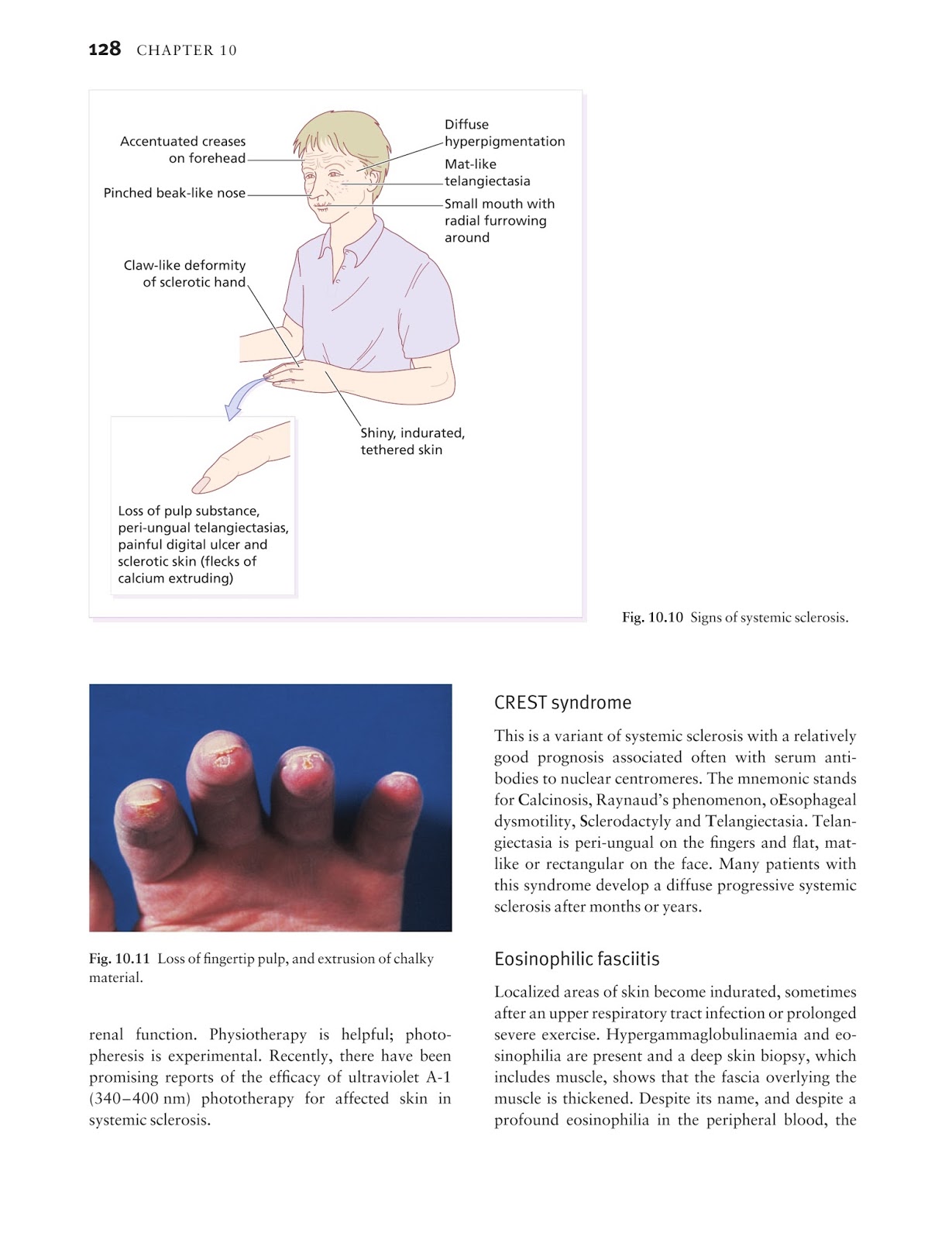


I wonder whether this may have any practical application in finance.

When we do not have such anchors in our previous experience, we tend to seek them subconsciously anywhere else. It seems that we are always seeking for anchors, which may serve as reference points, when we are faced with quantitative questions. It is obvious that the answer to the question does not have anything in common with your credit card number, but it was shown empirically that those people, who have higher number at their credit card, tend to suggest a higher number as an answer to the quantitative question. Suppose you are asked first to look at the four last figures of your credit card, and then to answer a question, such as "how many species of birds live in your country?". One of the examples is Anchoring phenomenon. Give two possible explanations for the observed differ- ence in average guesses for the population of Milwaukee reported in part (g).While reading books and listening to educational podcasts I come across a number of behavioristic phenomena, which often defy common sense, but show characteristics of human nature, which most of us, I believe, are not aware of. The anchoring phenomenon 6.2.16 Anchoring is the common human tendency to rely too heavily, or anchor, on one trait or plece of infor- mation when making decisions.' (Source: Wikipedia.) A group of students taking an introductory statistics course at a four-year university in California were asked to guess the population of Milwaukee, Wisconsin. Find and report the difference in the average guess made by those told about Chicago and those told about Green Bay. Each is framed by a driving question and an anchoring phenomenon, and culminates in a. This phenomenon will be the one that students will. The curriculum for each grade level consists of four units of instruction. Using an appropriate applet (eg, the Multiple Means applet) find and record the following summary statistics for the guesses made about Milwaukee's population by the city which they were told about: Sample size Sample mean Sample SD Chicago Green Bay g. The Anchoring Phenomenon Routine is the launch to student investigation around the anchoring phenomenon. The first column contains the city mentioned to subjects, and the second column con- tains the guesses for the population of Milwaukee (in thou- sands, to the nearest thousand). Were the subjects in this study randomly assigned to groups? Explain The data set is titled Milwaukee. Were the subjects in this study randomly selected from a population? Explain. Is this an observational study or an experiment? Explain.

Also classify each as categorical or quantitative. Identify the explanatory variable and the response vari- able in this study. Sunstein.) The purpose in analyzing the data is to see if we find strong evidence of this phenomenon among students like the ones in this study. This guide discusses how to create a phenomenon, examples of various anchoring phenomena, and how to implement these phenomena into science and agricultural. (For more about this phenomenon, see the book Nudge: Inproving Decisions about Health, Wealth and Happiness by Richard H. Previous studies have shown that these numbers serve as a psychological anchor, so people told about Chicago tend to guess a higher population for Milwaukee than people told about Green Bay. The anchoring effect is a phenomenon where exposure to a numer-ical value polarizes a subsequent estimate, even when the initial value is. Some of the students were randomly chosen to be told that the nearby city of Chicago, Illinois has a population of about 3 million people, while the rest of the students were told that the nearby city of Green Bay, Wisconsin, has a population of about 100,000. Transcribed image text: The anchoring phenomenon 6.2.16 Anchoring is the common human tendency to rely too heavily, or anchor, on one trait or plece of infor- mation when making decisions." (Source: Wikipedia.) A group of students taking an introductory statistics course at a four-year university in California were asked to guess the population of Milwaukee, Wisconsin.


 0 kommentar(er)
0 kommentar(er)
